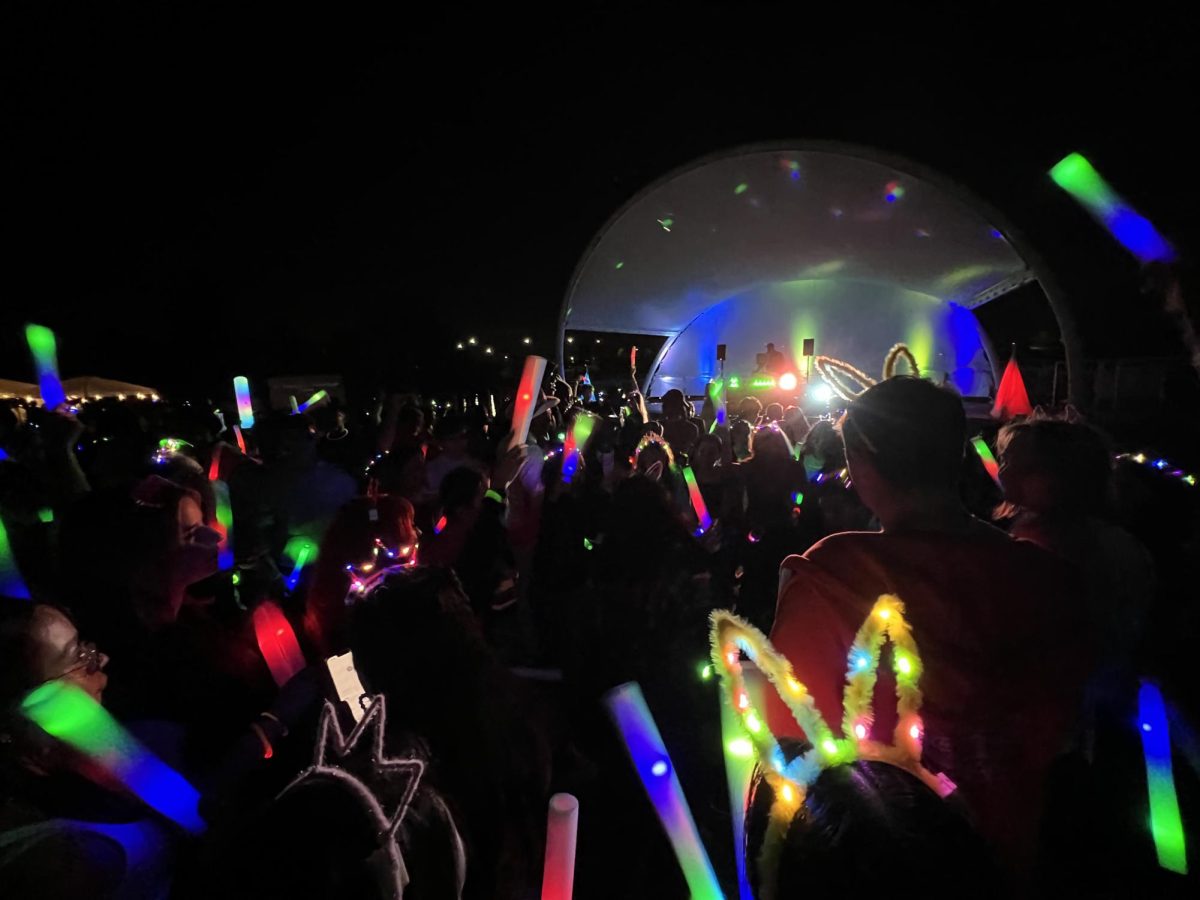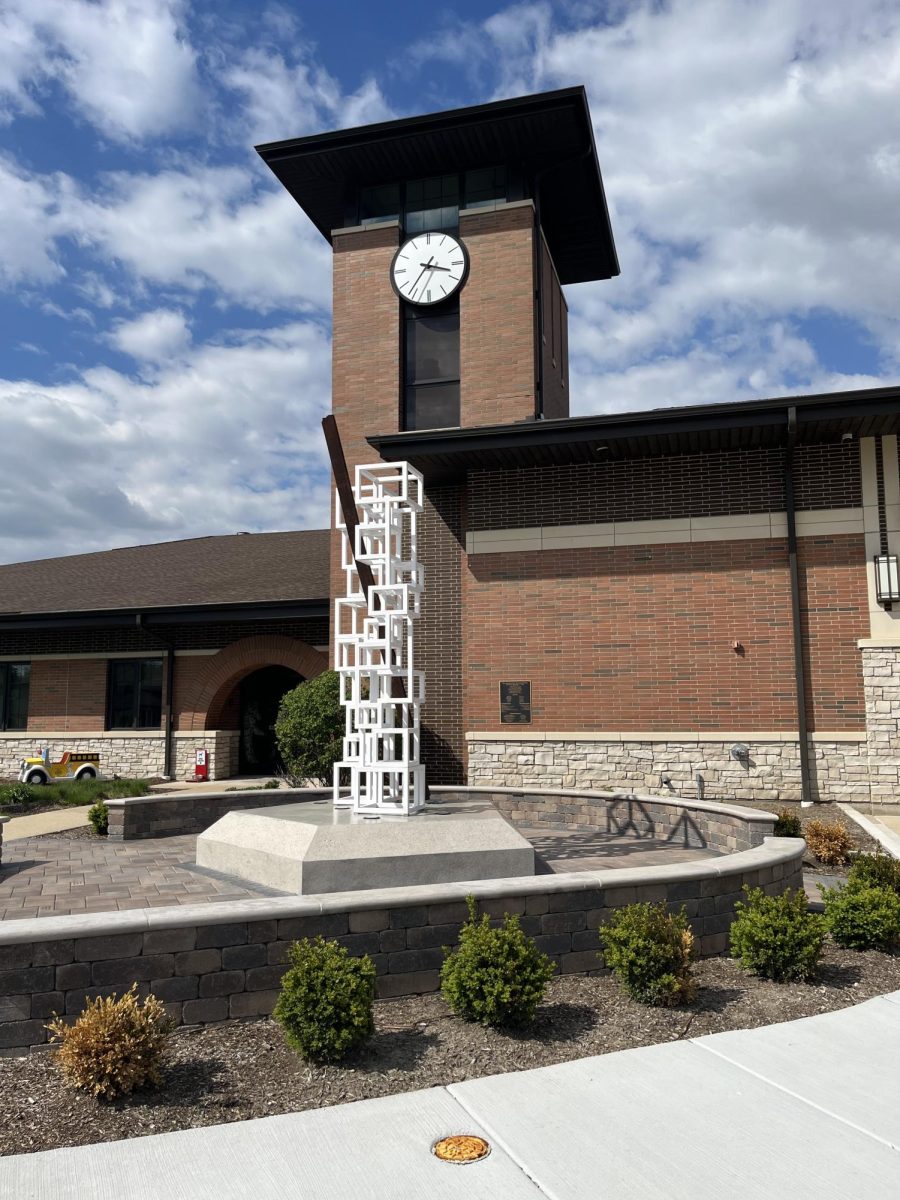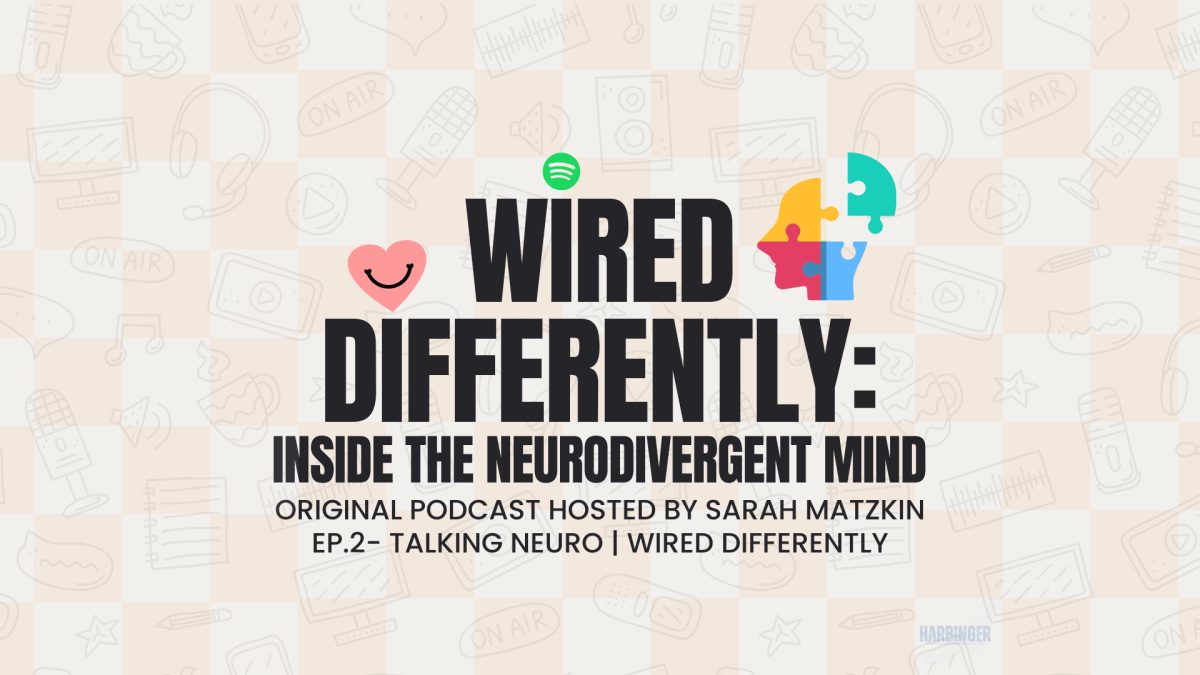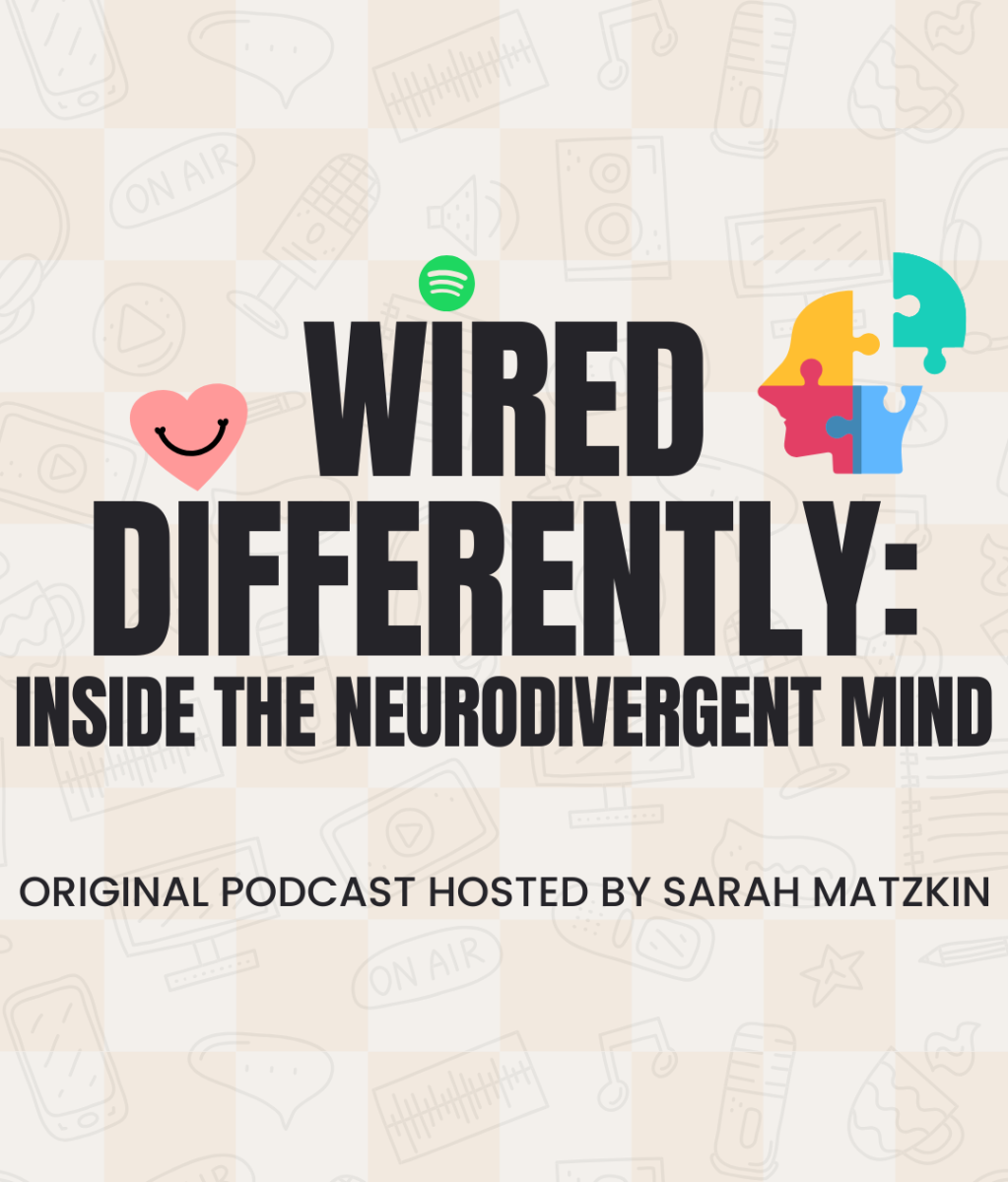Unfortunately, it is that dreaded time of the year again.
The days get shorter, temperatures get colder, and seasonal depression becomes a popular topic of conversation.
Now we get to await the fateful weekend in which (most) Americans set their clocks back one hour to adhere to the close of Daylight Savings Time (DST).
After spending a total of 238 days of the year with an hour of extra sunlight, it comes as no surprise that this time change fundamentally disrupts our physical and mental states, as we transition back to Standard Time (ST).
This is why I support the abolishment of Daylight Savings Time altogether and the implementation of permanent Standard Time.
As recently as 2022, U.S. Congress has addressed the issue of the biannual clock-changing. Senators of both parties have described it as “stupid” and a type of “madness,” suggesting implementation of permanent Daylight Savings Time. This means that potentially one spring we would all change the clocks one hour forward, and then leave them that way.
According to an article from the Journal of Clinical Sleep Medicine (JCSM), most Americans (approximately 75%) are actually in favor of ending the twice-yearly clock change.
“Jumping forward” one final time would mean later sunrises and one extra hour of sunlight in the evenings. Congressional support for this is rooted in ideas of decreased crime, energy conservation, and economic motivation as while there’s still sunlight, people are more likely to go outside and do things (essentially, spend money).
Changing the time seems to have negative effects on humans’ health, and according to a study “teenagers and young adults are particularly susceptible to delayed clock times and are most likely to experience sleep loss and social jet lag with DST.”
The delayed rising of the sun undermines the importance of morning light for the regulation of the body’s internal clock. Some areas of the United States do not see sunlight until after 9:30 AM, a time when many adolescents and young adults are inside a building at school or work.
Furthermore, it has been found that the lack of morning sunlight can have negative effects on mental health.
Dr. Richard S. Schwartz, an associate professor of psychiatry at Harvard Medical School explains that light receptors in the retina of the eye transmit information to parts of the brain through nerve pathways, one of which being the “prefrontal cortex, which is involved in regulating mood and cognition.”
Switching the clocks an hour ahead exacerbates the problem of our lack of morning sunlight, increasing the likelihood of people experiencing seasonal affective disorder (SAD), with younger populations at a higher risk.
So given the evidence that this harms individuals at fundamental levels, the solution to the problem of our annoying biannual time change is to make the switch to permanent Standard Time, where the rising and setting of the sun would be earlier in the day.
Arizona and Hawaii are two states that have already implemented this due to their geographical locations. It is time the rest of the nation follows suit.
Given the recent bill that would make losing morning light permanent in the United States, it is imperative that people educate themselves on its downfalls and realize the importance of defending our physical and mental wellbeing.
The time for advocacy is now, and the non-profit organization Save Standard Time has free resources for anyone to use, including a draft of a bill supporting its permanence for users to send to state legislators and/or members of Congress.
In the name of our health, safety, and education, it is imperative we move forward with this knowledge because if we don’t speak up for ourselves, the decision will be taken out of our hands.














